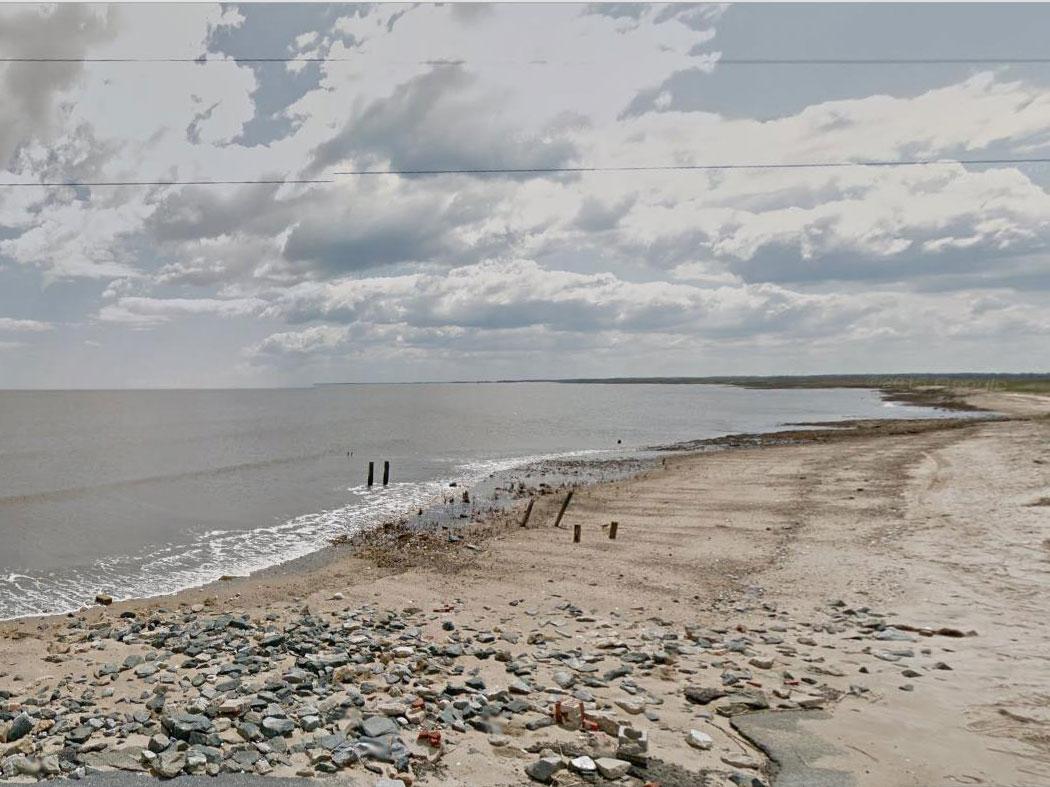Climate change could make beaches saltier
Crabs and other coastal creatures could be affected by increased salinity

Your support helps us to tell the story
From reproductive rights to climate change to Big Tech, The Independent is on the ground when the story is developing. Whether it's investigating the financials of Elon Musk's pro-Trump PAC or producing our latest documentary, 'The A Word', which shines a light on the American women fighting for reproductive rights, we know how important it is to parse out the facts from the messaging.
At such a critical moment in US history, we need reporters on the ground. Your donation allows us to keep sending journalists to speak to both sides of the story.
The Independent is trusted by Americans across the entire political spectrum. And unlike many other quality news outlets, we choose not to lock Americans out of our reporting and analysis with paywalls. We believe quality journalism should be available to everyone, paid for by those who can afford it.
Your support makes all the difference.Climate change is expected to make beaches get saltier, leading to potentially significant changes for crabs, sea birds and other coastal creatures, according to a new study.
Researchers had expected the subsurface or ‘pore’ water in beaches to be about as salty as the waves washing over it.
However, they discovered that at the high tide mark on a beach in Delaware Bay, average salinity was more than twice the seawater and up to four times higher in places.
It is thought that evaporation is the main reason behind the increased concentration and suggested this could intensify due to climate change.
In the journal Scientific Reports, they said: “An increase in temperature or a decrease in relative humidity – for example, due to climate change – would not only increase the pore-water salinity in the beach, but would also alter its spatial distribution; abrupt salinity increases are expected to occur immediately near the water line.”
The scientists, from New Jersey Institute of Technology (NJIT), tested 400 different samples at different times of the day and night on seven days.
They found the seawater had salt concentrations of 25 grams per litre (g/L), compared to an average of 60 g/L at the high tide mark, with some places as high as 100 g/L.
Dr Xiaolong Geng, a postdoctoral fellow at NJIT and the principal author of the paper, said: “These elevated levels can only be caused by evaporation, as there is no other mechanism for increasing the salt in pore water – the water trapped between the grains of sediment.
“Evaporation is an important driver of underground water flow and salinity gradients, and animals such as mussels and crabs are affected by changes in salinity. If the concentrations are too high or too low, they will move away.”
Dr Michel Boufadel, who also took part in the study, said the changes could also affect freshwater in coastal areas.
“Previous studies have identified seawater as the primary source of salinity in coastal aquifer systems, thereby concluding that seawater infiltration always increases pore-water salinity by seawater-groundwater mixing dynamics,” he said.
“Based on what we learned, we think this finding should alter the way water management in coastal areas is conducted.”
Join our commenting forum
Join thought-provoking conversations, follow other Independent readers and see their replies
Comments